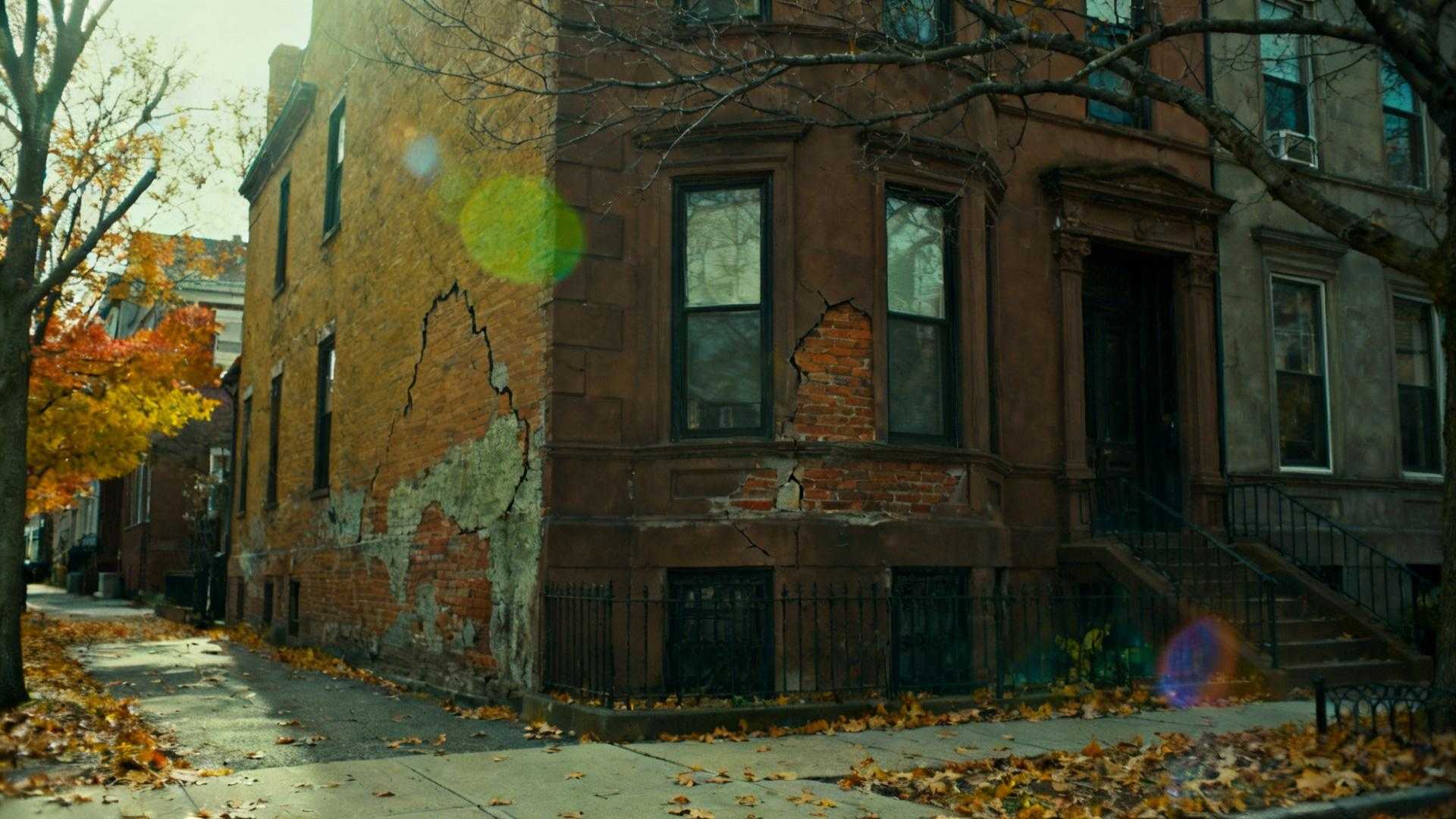Walking through Boston’s residential neighborhoods, I discovered something troubling. Residents are quietly protecting 13 verified crime scenes from the growing wave of dark tourism that’s transforming their quiet streets into macabre attractions. The Massachusetts communities where the Boston Strangler struck between 1962-1964 never wanted this kind of fame.
Unlike Salem’s commercialized witch trial sites just 20 miles north, these neighborhoods house actual murder locations at private residences where families still live today. Local residents watch tour groups photograph their front doors, peer through windows, and treat tragedy like entertainment.
After spending weeks interviewing longtime residents and researching the 2013 DNA breakthrough that finally confirmed Albert DeSalvo’s connection to the crimes, I understand why these communities want their privacy back.
The residential addresses residents wish stayed secret
Boston’s hidden crime scenes in plain sight
Thirteen verified murder locations spread across Greater Boston remain mostly unmarked and unprotected from curious visitors. From 77 Gainsborough Street to 1435 Commonwealth Avenue, these ordinary residential buildings now house families who never chose to live with this dark history. Unlike Salem’s managed tourist crowds, these sites receive no official oversight or crowd control.
The suburban locations that changed forever
Outside Boston proper, communities like Lynn, Lawrence, and Cambridge struggle with unregulated dark tourism at residential crime scenes. The Essex Street location in Lawrence and Lafayette Street address in Salem represent quiet neighborhoods where residents report strangers taking selfies outside their homes, completely unaware that real families live behind those doors.
Why the 2013 DNA breakthrough made everything worse
Scientific confirmation sparked renewed interest
When forensic scientists definitively linked Albert DeSalvo to Mary Sullivan’s murder through DNA evidence, media attention reignited public fascination with the case after decades of uncertainty. This breakthrough, while providing closure to victims’ families, unfortunately transformed previously forgotten addresses into must-see destinations for true crime enthusiasts worldwide.
The social media effect on quiet communities
Instagram posts and TikTok videos featuring these residential locations multiply the tourism impact exponentially. What began as occasional curious visitors has evolved into organized tours, amateur investigators, and social media influencers treating these tragedies as content opportunities. Unlike accidental discoveries that bring joy, these revelations brought unwanted attention to grieving communities.
The authentic local perspective tourists miss
Long-term residents remember the fear
Elderly neighbors who lived through the original terror between 1962-1964 describe the genuine fear that paralyzed Boston’s women for two years. They remember double-locking doors, traveling in groups, and the relief when DeSalvo’s arrest ended the nightmare. These residents find the modern fascination with their trauma deeply disturbing and disrespectful to victims’ memories.
The impact on property values and community safety
Real estate agents report that notorious crime scene addresses face ongoing challenges with disclosure requirements and buyer hesitation. Additionally, the constant flow of strangers photographing residential buildings creates legitimate safety concerns for current residents, particularly elderly homeowners who remember the original crimes firsthand.
How communities are fighting back respectfully
Grassroots efforts to redirect tourism
Local historical societies now promote educational alternatives to residential gawking, directing interested visitors toward museums, archives, and official memorials that honor victims appropriately. These organizations emphasize the forensic breakthroughs and police investigation techniques rather than sensationalizing murder locations. Similar protection efforts across America show communities prioritizing respect over tourism revenue.
The call for regulated dark tourism practices
Community leaders advocate for tourism guidelines that balance historical education with residential privacy. They propose official markers at appropriate locations while protecting private residences from intrusion, following models used successfully in other cities dealing with notorious crime tourism.
Frequently asked questions about Boston Strangler tourism
Can you visit the actual murder locations?
Most locations are private residences where photography and loitering are inappropriate. Respectful visitors can view buildings from public sidewalks while maintaining distance and avoiding disruption to current residents.
Are there official tours available?
Several companies offer historical tours focusing on the investigation and forensic breakthroughs rather than sensationalizing victim locations. These educational approaches respect community wishes while satisfying legitimate historical curiosity.
How can visitors learn about the case respectfully?
The Boston Police Museum, local libraries, and historical societies provide comprehensive information about the investigation, forensic techniques, and the case’s impact on criminal justice without exploiting residential neighborhoods.
Boston’s residential communities deserve the same protection Salem residents fought for regarding witch trial tourism. Authentic historical education should never come at the expense of residential privacy and victim dignity. The next time you’re curious about true crime history, choose educational resources that honor victims’ memories while respecting the communities still healing from these tragedies.
